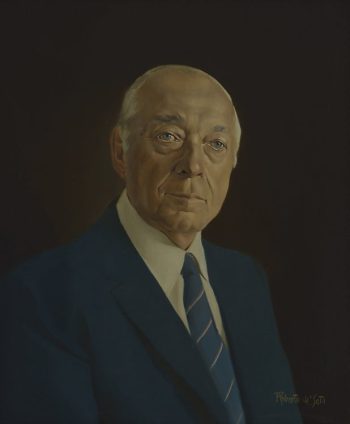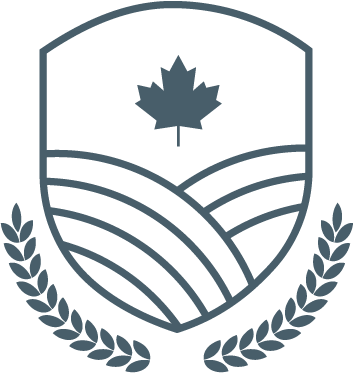George Rodanz
- Canadian Agricultural Hall of Fame
- Inductees
- George Rodanz

- Inducted: 1976
- Residing Province: Ontario
- Gallery Location: 104
George Rodanz
- (1908
- -
- 1997)
Following a brief but highly successful venture in the transport business, George Rodanz decided to return to his first love – farming. Acquiring 1100 acres of prime farmland near Stouffville, Ontario, in 1934, he proceeded to establish the Ringwood Hereford herd, purchasing his foundation stock from well-known local breeders. Three years later, he bought a carload of heifers and the bull, Hazford Tone 171st, at the Hazlett dispersal in the United States.
In 1946, George Rodanz electrified the beef cattle world by purchasing Del Zento 1st at a sale in Oklahoma for $51,000; one of the highest prices paid for a Hereford bull up to that time. Other imported bulls were added to the herd from time to time. Perhaps the most notable, Cheyney Nave, selected from a British importation, proved to be a valuable breed improver.
Because of the extreme care and sound judgment exercised in the selection of sires, the Ringwood herd established an enviable reputation for freedom from hereditary defects and growthiness combined with quality. When Ontario’s performance testing program was initiated, the Ringwood herd was one of the first to participate and test results served to enhance that reputation.
The herd was dispersed in 1969, but not before it had contributed to the improvement of herds in every province of Canada, and in many states south of the border.
George’s executive talents were recognized by many agricultural organizations. Among the boards on which he served with distinction were: Royal Agricultural Winter Fair, president 1961-1962; Canadian Hereford Association, president 1950; Performance Registry International, chairman of the board 1964-1965; Canadian National Livestock Records, chairman of the board 1954; Canadian National Exhibition Association, director 1954-1970.
Après avoir dirigé une entreprise de transport très florissante, George Rodanz décida de revenir à son premier amour, l’agriculture. Après l’achat de 1 100 acres de terres agricoles près de Stouffville, en Ontario, en 1934, il a établi le troupeau Ringwood Hereford, en achetant ses animaux de départ d’éleveurs locaux bien connus. Trois ans plus tard, il a acheté des génisses et le taureau, Hazford Tone 171e, à la vente de dispersion de Hazlett aux États-Unis.
En 1946, George Rodanz a suscité l’enthousiasme en achetant Del Zento 1er lors d’une vente dans l’Oklahoma pour $ 51,000; l’un des prix les plus élevés payé pour un taureau Hereford jusqu’à ce moment-là. D’autres taureaux importés ont été ajoutés au troupeau au fil des années. Peut-être le plus notable, Cheyney Nave, sélectionné lors d’une importation britannique s’est avéré être très important dans l’amélioration de la race.
En raison de l’extrême soin et de son bon jugement exercés dans le choix des taureaux, le troupeau Ringwood avait la réputation enviable d’être exempt de tares héréditaires et de haute qualité. Lorsque le programme de tests de performance de l’Ontario a été lancé, le troupeau Ringwood a été l’un des premiers à y participer et les résultats de ses tests ont renforcé cette réputation.
Le troupeau a été dispersé en 1969, mais pas avant d’avoir contribué à l’amélioration des troupeaux dans toutes les provinces du Canada et dans de nombreux états américains.
Les talents d’administrateur de George ont été reconnus par de nombreuses organisations agricoles. Parmi les conseils sur lesquels il a siégé, on retrouve: président du Royal Agricultural Winter Fair 1961-1962; président de l’Association canadienne Hereford 1950; président du conseil Performance Registry International 1964-1965; président du conseil de la Société canadienne d’enregistrement des animaux, 1954; directeur du Canadian National Exhibition 1954-1970.
- Canadian Hereford Association


